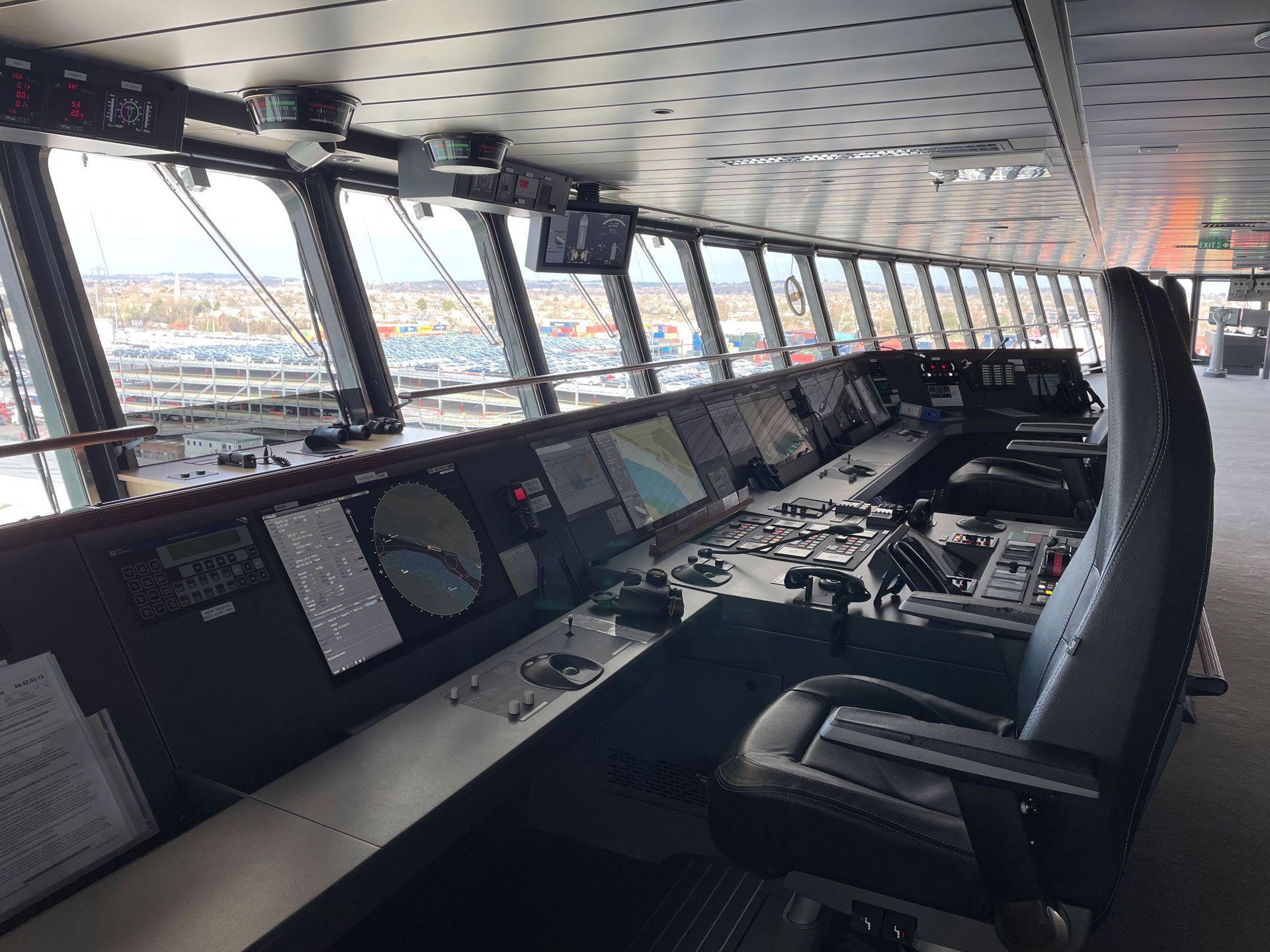
Supporting world trade through efficient maritime communications


Heike Deggim, Director; Javier Yasnikouski, Head, Operational Safety; and Cafer Ozkan Istanbullu, Technical Officer
Maritime Safety Division, International Maritime Organization (IMO)
Maritime transport is a vital component of international trade, handling over 80 per cent of world trade by volume, amounting to approximately 11 billion tonnes per year.
The COVID‑19 pandemic was a powerful reminder of how vital maritime transport is to keep supply chains running across the world, especially during crisis times. At its height, the estimated 1.9 million seafarers on approximately 99,800 ships of 100 gross tons and above, ensured that critical goods continue to be shipped despite the serious disruptions.
Crucial radiocommunications at sea
Since the Titanic sank in 1912, the international maritime community has been committed to faster, more reliable and more efficient radiocommunication systems and services, both between ships and with shore stations.
The International Maritime Organization (IMO) sets global standards for radiocommunications in shipping through the International Convention for the Safety of Life at Sea (SOLAS), adopted in 1974. In particular, the Global Maritime Distress and Safety System (GMDSS), established under SOLAS, outlines the requirements for shipborne radio equipment and systems and ensures that a ship in distress at sea will always be heard and responded to, regardless of its location.
In addition to the distress and safety aspects, radiocommunications have also become an integral part of commercial shipping operations.
Today, there is an intensified demand from the maritime industry for greater connectivity and higher data capacity to support all maritime operations.
Preparations for WRC‑23
IMO and the International Telecommunication Union (ITU), in preparation for ITU’s upcoming World Radiocommunication Conference (WRC‑23), have conducted studies to determine spectrum needs and regulatory options for maritime services. In particular, WRC‑23 agenda item 1.11 looks at the requirements for GMDSS modernization; implementing e-navigation; and introducing additional GMDSS satellite systems.
IMO’s own recently completed GMDSS modernization project produced amendments to the 1974 SOLAS Convention and other related instruments, which will enter into force on 1 January 2024, to allow the use of new shipboard communication technologies and removal of outdated requirements.
Reutilizing old technology for distress communications and introducing new systems
WRC‑23 will consider regulatory actions to address discontinuing narrow-band direct-printing (NBDP) telegraphy for distress communications — a proposal emanating from GMDSS modernization. This would reduce the burden on ships, as well as on governments, to maintain an approach that has already fallen into disuse. However, the use of NDBP will be retained for the reception of maritime safety information (MSI) broadcasts, as well as for general communications.
These to-be discontinued NBDP distress frequencies are meant to be reused for a future automatic connection system (ACS) to provide simple and reliable connectivity for mariners. The ACS would automatically determine the most appropriate frequency to establish radiocommunication links in the medium- and high-frequency bands.
Another proposed update to the ITU Radio Regulations involves the inclusion of an automatic identification system search and rescue transmitter (AIS SART) for survival craft, along with the withdrawal from service of the 1.6 gigahertz (GHz) emergency radio-beacon.
IMO is in the process of introducing a digital navigational data system (NAVDAT) in the GMDSS to enhance broadcasting of maritime safety information and search and rescue-related information to ships. This is in parallel to ongoing considerations at ITU for accommodating NAVDAT frequencies in Appendix 15 of the Radio Regulations alongside other GMDSS frequencies for distress and safety communications.
Amendments to SOLAS are currently being considered to introduce the VHF (very high frequency) data exchange system (VDES), which would expand the capabilities of the current automatic identification system (AIS). VDES would include additional channels and satellite communications, addressing the increasing demand for data exchange at sea, both between ships and with shore.
In collaboration with other international organizations, IMO is further developing the e-navigation concept to reduce administrative burden and increase efficiency in shipping by harmonizing the format and structure of different maritime services, including information exchange between ships and supporting shore services.
Various existing satellite networks already support the concept, and VDES and NAVDAT are expected to follow. From a spectrum regulatory point of view, the requirements for e-navigation are covered, at least for the time being.
BeiDou’s message service system for use in GMDSS
Finally, IMO recently recognized the BeiDou Message Service System (BDMSS) for use in the GMDSS, although a number of outstanding issues need to be addressed before service begins. WRC‑23 is expected to consider regulatory provisions, while safeguarding the availability and protection of spectrum used by other satellite services.
Once again, the World Radiocommunication Conference in November and December will stage important decisions and exciting developments for maritime services and the maritime industry.
Download your copy of the ITU News Magazine: Land, sea and airwaves.
Header image credit: IMO
